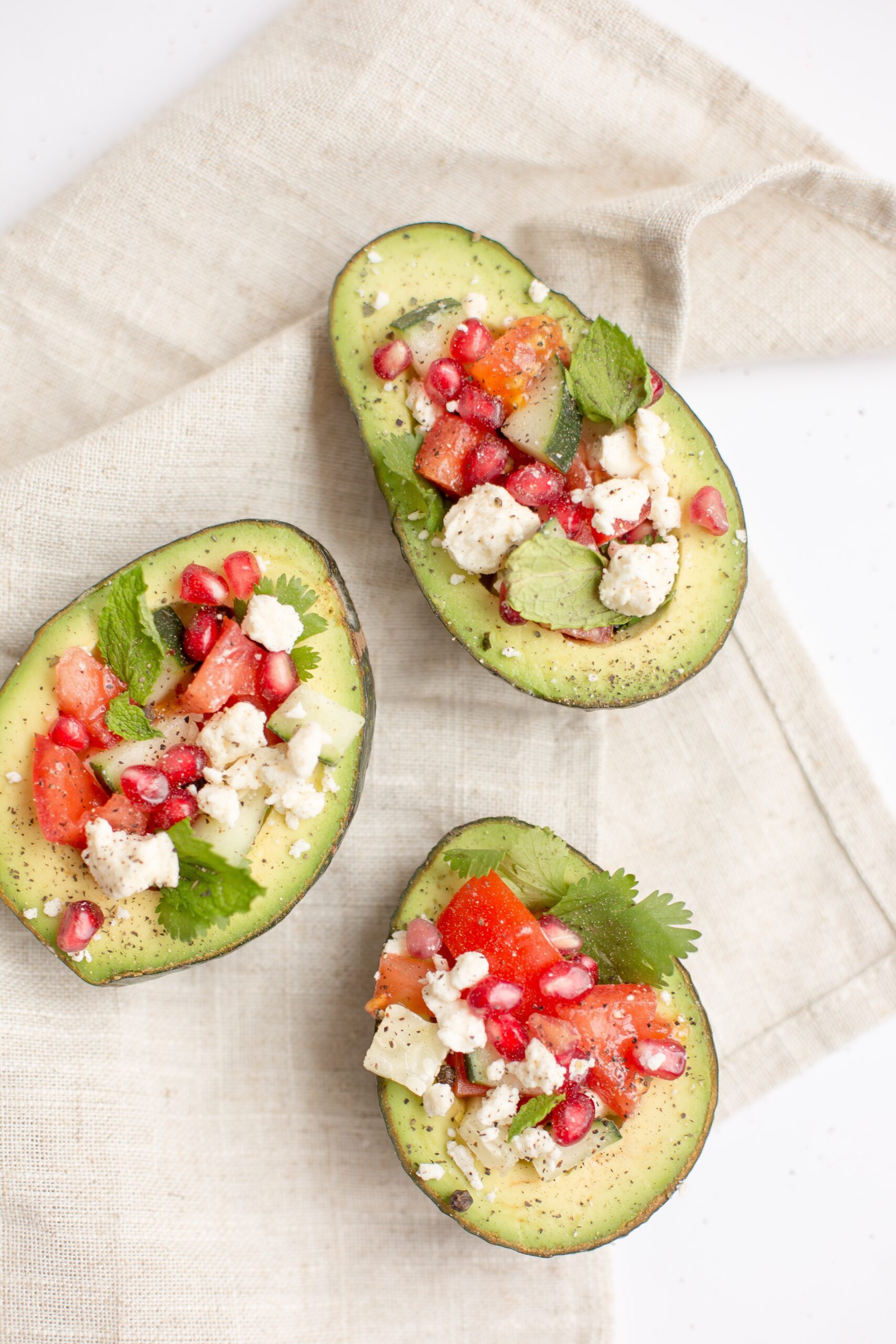Variety is key to a healthy diet and lifestyle. I suggest consuming both cooked and raw fruits and vegetables daily.
Better cooked: When eating spinach* nutrients like iron, magnesium, calcium and zinc are more available for absorption when spinach is cooked. Cooking greatly increases the antioxidant lycopene in tomatoes. Cooked carrots contain more beta-carotene than raw carrots.
Better raw: Heat breaks down vitamin B1, vitamin B5, folate, and vitamin C, so consuming foods containing these nutrients raw will help retain more vitamins. A few examples: sunflower seeds, peas, and beet greens (sources of vitamin B1)broccoli, cauliflower, kale, and avocado (sources of vitamin B5), spinach*, turnip greens, broccoli (sources of folate) bell peppers, broccoli (sources of vitamin C)
*Notice there are benefits to spinach both cooked and raw! As I mentioned, this is one of the reasons variety is so important!

When it comes to maximizing nutrient content gentle cooking methods are better (think steaming).
When cooking with fats and oils, make sure to choose the fat/oil that is appropriate for the temperature that you are cooking at. Fats and oils heated beyond their smoke point are harmful to your health. Ghee is one of my favorites for high heat cooking.
If cooking or re-heating food in a microwave, use glass or ceramic containers, as harmful chemicals can leech out of plastic containers and into your food. Even better, avoid using a microwave (we don’t own one), food tastes SO much better warmed up on the stove.
In the summer I love raw cold soups made by blending fresh veggies (gazpacho, cold cucumber soup, etc.) but come Fall and Winter I’m all about soups and stews. Making soups and stews is a good way to maximize the nutrient content of your food. During the cooking process, nutrients that leech out of the individual foods end up in the cooking liquid, which is consumed as part of the meal.



Leave A Comment